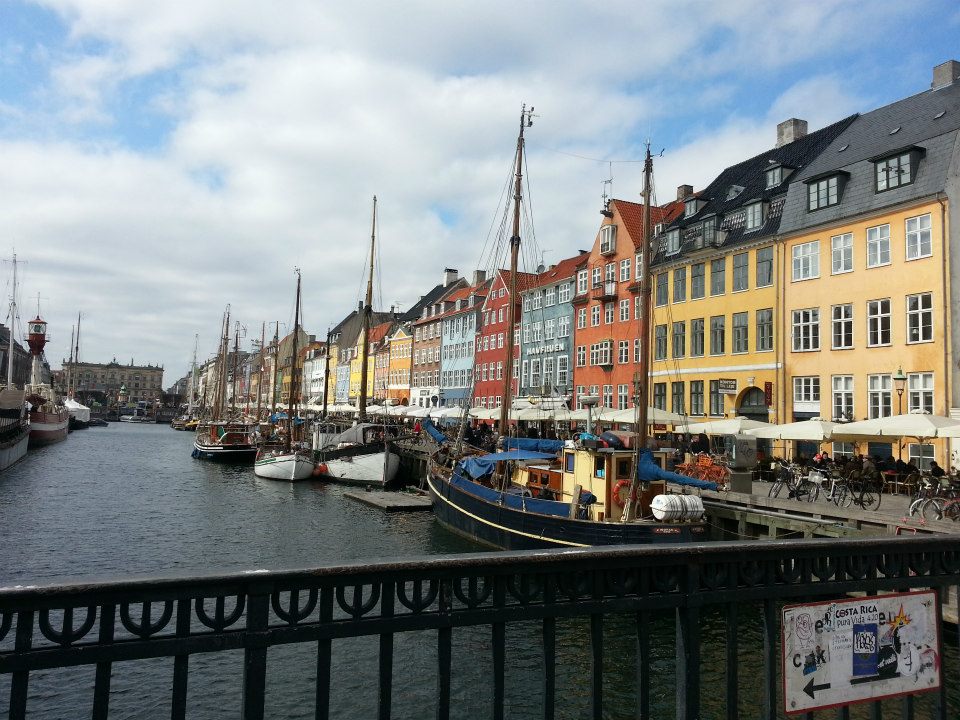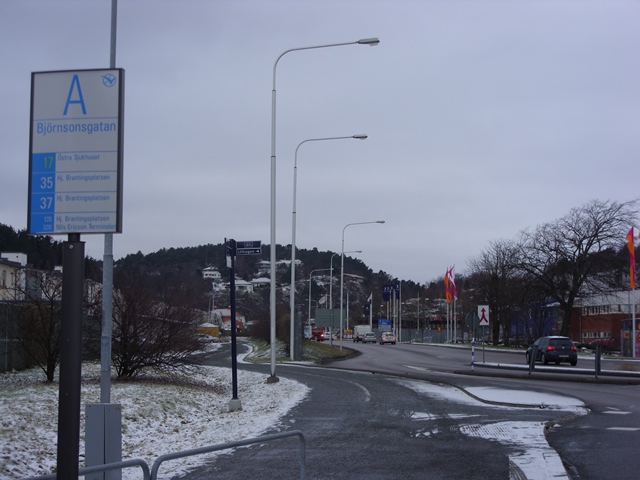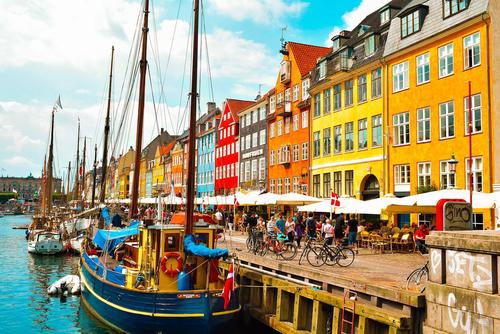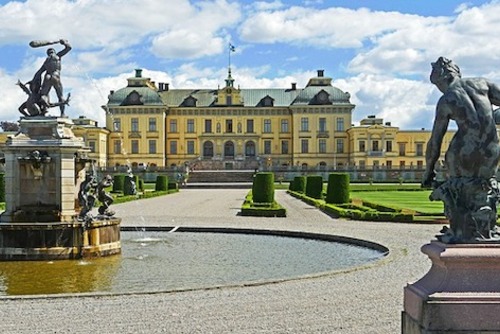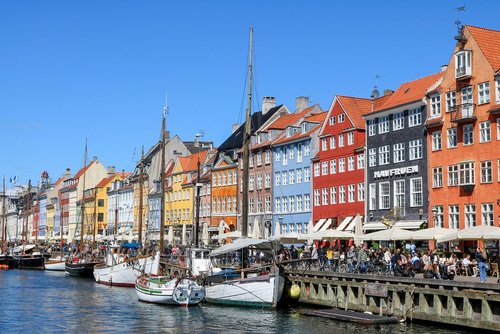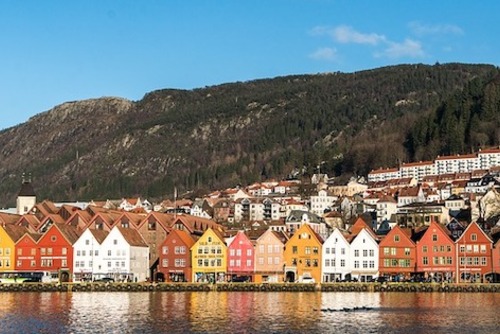It is an area often overlooked and rarely heard of: there might be a story on energy saving in Denmark or the occasional popstar hailing from Sweden, but announce that you are considering moving to Scandinavia, and you will most likely be confronted with a perplexed and often confused response from your audience.
While it is true that a move to Scandinavia amounts to an ‘out of the box’ decision, there are countless delights in store for the individual brave enough to migrate north.
Here are some things to expect and consider before packing up and moving out, or up to Scandinavia.
1. Cost of Living
Firstly, and this might hurt the most, you must be prepared for the fact that everything will be slightly more expensive than you’re used to: unless of course you live in Switzerland.
Everything is expensive but it is still possible to experience Scandinavia on a budget. Cheese especially is a tough one; a medium portion in a Swedish supermarket will set you back around 45 SEK (£4.50). But a litre of milk on the other hand comes in at 9.50 SEK (95p): only a small increase on what you may be used to.
However, if you are moving long term and will be working, your salary will match this inflation which will make things easier. Finland and Norway are the most expensive countries, but Sweden and Denmark are a little easier on the purse strings.
2. Weather
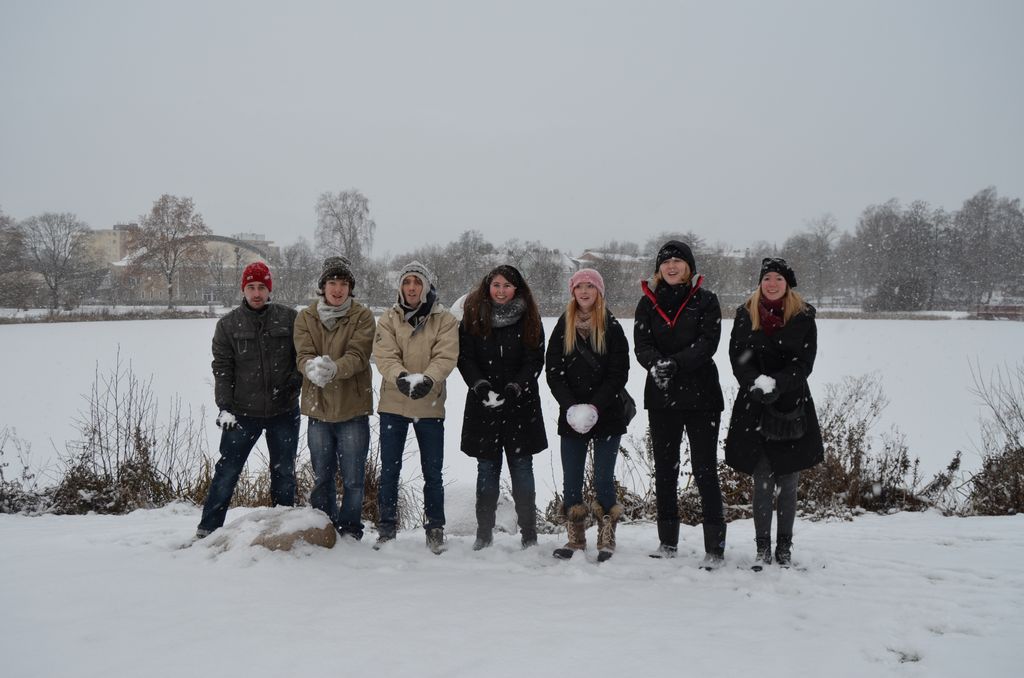
You must then consider the weather, and whether you believe you can survive a harsh winter.
Temperatures and snowfall differ greatly depending on where in Scandinavia you are based, but there are few locations that are spared a dark and very cold winter.
Autumn and spring are marked with almost constant white cloud coverage and when summer finally does come the blue skies sadly do not seem to give way to particularly strong heat.
However, the Scandinavians have customs that make the weather almost worth it: in Sweden ‘fika’ is performed throughout the year, but particularly in winter, it is a wonderful tradition that means visiting friends at their homes or in cafés and spending hours together under blankets near a warm fire eating kanelbullar (cinnamon buns) and drinking coffee.
And for summer there is the world famous Midsommar: where locals gather together and party in local parks for the one magical day when the sun doesn’t set.
3. Food
Speaking of kanelbullar, it may be unexpected, but the Scandinavians do food really well.
While it may set you back a little further in the supermarket or in restaurants, Scandinavian food is usually guaranteed to be fresh and of very high quality.
Lovers of fish are naturally in for more of a treat- due to their location fish is integral to the cultures of all the Scandinavian countries; there are prawn sandwiches on offer in every eatery and the Christmas dinner traditionally incorporates a selection of fish and caviar.
However, for those less in favour of seafood there are excellent meat dishes and incredible baked goods available.
Baking is a beloved aspect of Scandinavian life, with home baking an immensely popular pastime. You cannot begin to imagine what is in store for you when you visit your first Scandinavian bakery.
4. Getting Around
In terms of transport, if you are tired of constantly driving your car, in Scandinavia you may be using it a lot less.
Bikes really are everywhere. As long as you can ride a bike you can benefit: there are riders of all ages to be seen as you cycle along one of the many biking lanes to reach your destination. It means less road traffic and a much healthier population.
Since riding a bike is safe and so common, your morning commute could become a lot shorter and immensely more enjoyable.
5. People
So what of the Scandinavian people? Well. Most are admittedly pretty reserved.
Of course this will differ depending on the country and whether you are in the countryside or city, but for the most part they are not the type to call out ‘good morning’ to you as you pass in the street.
This may suit some people, but if you are looking to make friends then you won’t be in too much difficulty. While they are quiet around strangers, once you get to know them (or once they’ve drunk a beer or two) they are extremely friendly and oftentimes highly educated.
Most Scandinavians can speak Basic English and many are fluent, which means you are very unlikely to struggle with a language barrier. The Nordic languages can be formidable at first, but if you are interested in learning, Danish, Swedish and Norwegian have a lot in common with English.
Finnish on the other hand is more closely related to Estonian and is apparently extremely difficult to learn, but certainly not impossible.
6. Adapting to the Eco Way of Life
And finally, one thing that will become apparent to you almost immediately is the cleanliness of everything.
Scandinavia is an incredibly clean place, which gives cities like Copenhagen and Stockholm a wonderful sense of good quality. Renowned for their green policies, the Scandinavian countries are world leaders in living eco- friendly, so be prepared to recycle and conserve energy!
But a quick look around at the cleanliness and functionality of your new home should prove all the motivation you need. Living there often feels like living in the world of tomorrow.
Should You Move to Scandinavia?
So does it sound like Scandinavia is the place for you? It offers a very high standard of living, and offers excellent education, whether you have children or are interested in University. While the weather may be tough, the customs will keep you warm and its people will keep you in high spirits! It’s certainly a big decision, but it could be the best you’ve ever made.
By Sarah Sutton
Related Pages

